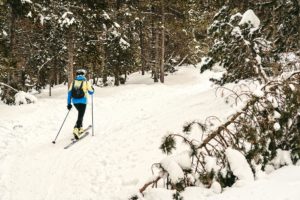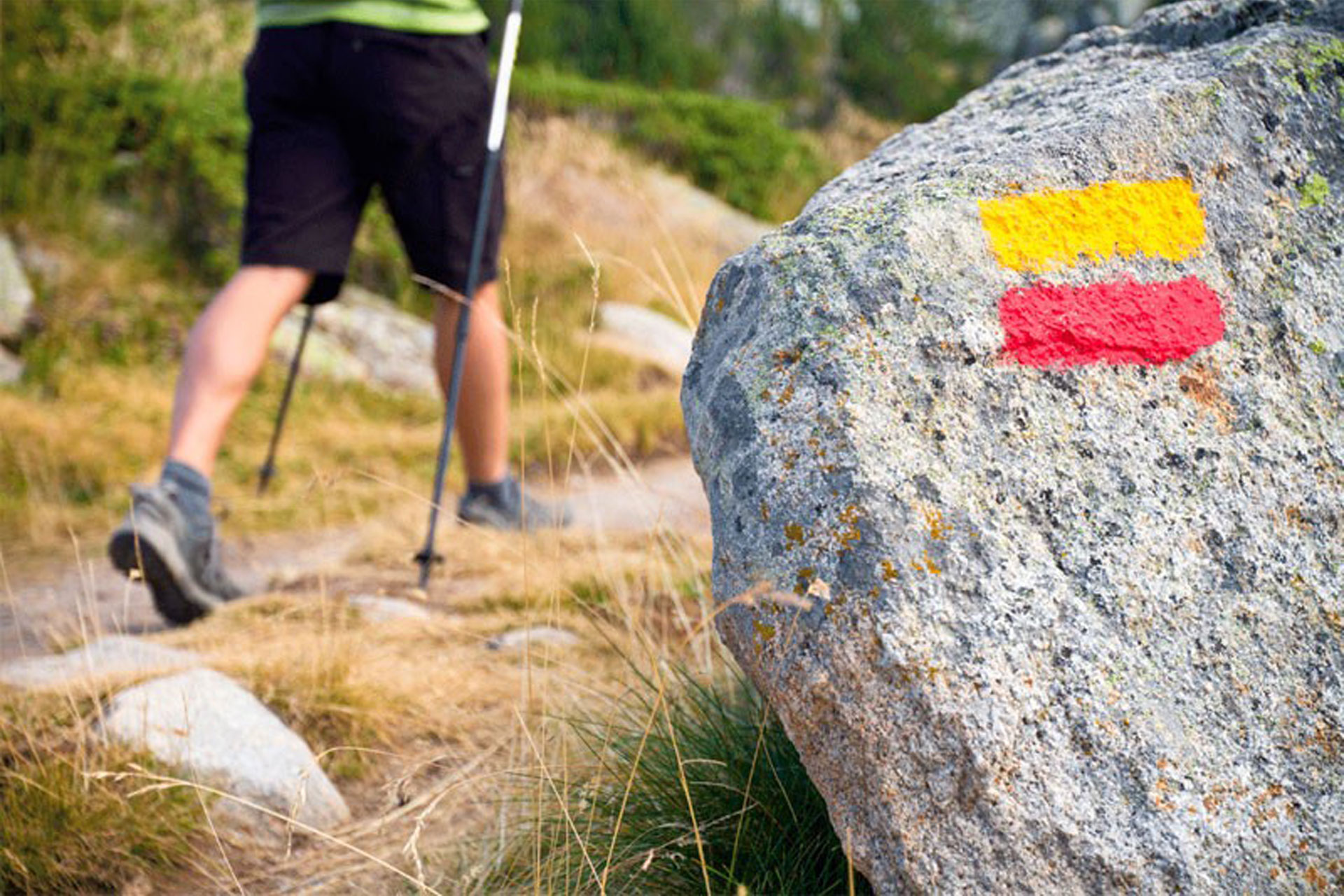It is impossible to understand a camping trip without a tent. If you dare to enjoy a mountain campsite in the Catalan Pyrenees, having a tent and knowing how to assemble it is essential.
If sleeping in a tent is new to you, don’t worry, in this article we are going to teach you everything you need to know about tents.
Introduction to tents
Tents have evolved a lot over time. If we take a look at the past, we could say that tents have their origin in prehistory whenever we talk about rudimentary shelters that our ancestors used to protect themselves from the elements of nature.
Although the changes are evident, the purpose remains the same, to provide a portable shelter in which to be protected from the elements. Over the years we have seen how tents were used by nomads and military in ancient civilizations, they have been used in the Middle Ages in tournaments and military campaigns and began to become popular among hikers and explorers during the nineteenth century.
It was the world wars that drove the development of tents until we find much more resistant and solid structures. The emergence of new materials such as nylon and polyester also revolutionised the manufacture of tents and, today, it is possible to find specialised tents designed for campsites, festivals or other activities.
What are the parts of a tent?
To learn more about what a tent is, we are going to describe each of its parts.
Structure and rods
The structure and the rods have the main function of being the frame of the tent . Thanks to these two parts, you can start assembling the tent since the rest will be supported by them.
They are usually made of lightweight materials, for example, aluminum or carbon fiber is usually used. As far as rods are concerned, there are different types. Straight ones are the most used in camping, but there are also other curved options that are more resistant to wind and others of different diameters with which a more complex shelter is created.
Ceiling and walls
The function of the roof and walls is to protect the tent from inclement weather. The roof and walls protect the tent from the sun, rain or wind and to achieve its function perfectly, durable materials such as synthetic fabrics are usually used.
These materials, in addition to being resistant, are also light and water-resistant, which is very important. We find different options such as single or double roofs, the latter being better in terms of insulation and protection. As far as the walls are concerned, there are vertical walls that offer more space and protection from the wind while others are inclined to facilitate the evacuation of water or snow.
Tent Flooring
The function of the tent floor is to protect its occupants from the cold and humidity of the floor itself. For this part of the tent, water- and abrasion-resistant materials are usually chosen, e.g. polyethylene or polyurethane.
There are also several types of flooring in a tent. The sewn floor is the one that, as its name suggests, is attached to the tent and is usually more waterproof. On the other hand, freestanding flooring is a floor that is placed in the store and can be removed to facilitate cleaning and dismantling.
In some tents we can find floors that have reinforcements in the areas of greatest wear to make them more resistant.
Tent Ventilation
Ventilation in a tent is also a very important factor. The ventilation of the tent allows air to circulate well in order to avoid condensation and better regulate the interior temperature .
To achieve this ventilation, you can use mesh windows, perfect for preventing insects from entering, upper ventilations to facilitate the exit of hot and humid air or doors with double zippers, where opening one of them can achieve some ventilation.
If you are going to camp in a hot and humid climate, it is very important that you keep a close eye on the ventilation of the tent.
Doors and windows
The main function of doors and windows in a tent is to allow access to the tent and ensure good ventilation. The materials used are usually resistant and durable to protect the interior well.
As for the main doors, these are usually large and with double zippers. There may also be smaller secondary doors that allow access to specific areas of the store. The windows can be fixed or they can have a zipper closure.
The vast majority of models usually incorporate mosquito nets to protect the tent from insects. With these mosquito nets you can easily ventilate without fear of insects entering the interior of the tent.
Anchors and stakes
The function of anchors and stakes is to fix the tent to the ground to prevent it from moving due to the wind or the action of the occupants inside. Anchors and stakes are usually made of aluminum or steel and can be of various types.
Y-shaped stakes are the most common and are usually used in soft soil. On the other hand, T-shaped stakes are used on hard floors and, if you want to protect the tent against winds, it is normal to use pegs. The choice of each of the above models will depend on the type of soil and the climatic conditions.
Zippers and seams
Finally, zippers and seams are very important for opening and closing both doors and windows. It is normal to use waterproof zippers and seams because it is an area through which water can penetrate more easily.
As for the types, the zippers can be single or double and the seams can have some additional reinforcement in the areas of greatest tension in the areas of greater tension of the store.
Additional Store Accessories
In addition to the items mentioned above, a tent may have additional accessories. Depending on the time of year you are going camping, you may be interested in having some of these accessories for your indoor or outdoor space.
One of the most well-known is the awning, an extension of the tent that serves to create an additional cover for cooking, storing things or simply expanding the space of the tent. Another popular accessory is the outer tarpaulin, an accessory that provides an extra layer of protection against the elements, especially useful when going to a place where it rains or snows frequently.
Lamps and lanterns to provide lighting in the portable shelter or a fan for warmer climates to keep the tent cool are also quite common. Likewise, for those looking for more comfort, there are also interior rugs, shelves and organizers, as well as repair kits, very useful in case any unforeseen event happens in the store.
How to set up and disassemble the tent correctly
Each tent may have its own instructions depending on the materials or elements it has. Beyond this, it is always important to take into account a good place when setting it up, that is, a flat place, which is level and, if possible, protected from the wind.
The first thing you should do is spread the tent on the floor and, from here, thread the rods into the different channels of the tent until you connect them to each other creating the structure. Some tents are color-coded for easy assembly.
Once you’ve connected the rods, lift the entire structure and secure it to the ground with the stakes. At this point, you should adjust the tensioning ropes so that the tent remains firm and stable and, if you have a removable floor, place it inside the tent.
To disassemble the tent , remove the stakes first so as not to damage the tent. Lower the structure by disassembling it piece by piece and dry the entire tent before storing it again. Once dried, fold it well following the manufacturer’s instructions. Remember that each store may have its own indications, so it is very important to read the assembly guide to avoid complications.
Tips for maintaining and caring for your tent
Taking good care of your tent will allow you to enjoy it during many camping trips. As we mentioned earlier, after each use, dry and clean the tent gently. To clean it, soapy water will suffice, do not use aggressive chemicals so as not to damage the fabric. Pay special attention to the seams, as it is very important that they are clean.
When storing your tent, choose a dry and cool place, not exposed to sunlight. Always use the original storage, as it is the one that can best preserve the tent.
Finally, if you are not going to use the tent in a few years, it is important to take it out from time to time so that it has adequate ventilation and, in addition, make sure that it does not have a bad fold or that mold has formed.
Why stay at our camping resort in Berga?
At our resort you can feel at home at all times. We offer you all the necessary services so that you have the greatest of comforts and to make your stay much more pleasant.
Being in a privileged place, surrounded by nature, you can wake up every morning with the best of landscapes. If you are looking for a quality campsite where you can rest after having carried out a large number of outdoor activities, this is your reliable camping resort.



